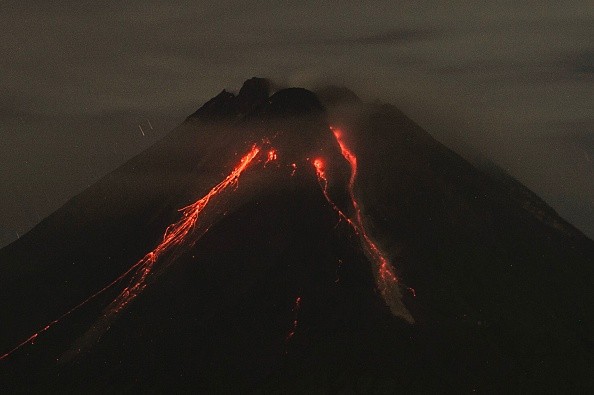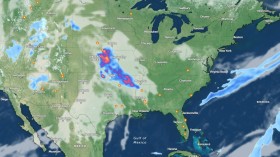According to a recent study of the Toba volcano in Sumatra, Indonesia, several of the primary warning indicators that geologists generally watch out for before a supervolcanic eruption may not really be present in every instance.

Toba's Gigantic Eruptions
A quick rush of magma into the volcano's reservoir may not have preceded Toba's massive eruptions 840,000 years ago and 75,000 years ago, according to the findings. Rather, the magma gathered quietly and silently before the eruption.
Although it took 1.4 million years for magma to accumulate in the first super-eruption, it only took a few hundred thousand years for magma to accumulate in the second - 600,000 years rather than 1.4 million years.
Ping-Ping Liu, a geologist at Peking University in China, calls this a "vicious circle" of eruptions. As the crust becomes hotter, the cooling of magma takes longer, and the more rapid the rate of magma buildup becomes.
The researchers studied the chemistry of zircons, which are minerals formed during volcanic eruptions, in order to get their results. The researchers used mass spectrometry scanning to calculate the mineral's age since uranium decays into lead within zircon.
The eruptions and the magma building leading up to them may be tracked in real time. To determine how much magma is already in a reservoir, researchers may use the same method.
Also Read: Supervolcanic Explosions 75,000 Years Ago Cause Significant Drop in Ozone Levels
Volcanoes Capable of a Super-eruption
Toba Lake's caldera, which was produced by past eruptions and filled in by snow and rain, is estimated to contain 320 square kilometers (124 square miles) of magma today. Magma from deep under the surface pushes an island to the surface.
This island is rising in height, suggesting that the volcano is active and storing lava underground, Liu added.
There are an estimated five to ten volcanoes all over the world capable of a super-eruption, which would have a disastrous impact on the global climate. This might happen at Toba volcano, and if it does, scientists must be made aware of it so they can prepare for it.
Toba's supervolcanic eruptions may have covered the entirety of South Asia in a thick coating of ash, with some research suggesting that the most recent created a decade-long volcanic winter in which temperatures fell throughout the world.
Supervolcanic Eruption Without Any Noticeable Warning
It's not certain how mankind would react if a supervolcanic eruption occurred again, but humans may not receive much warning when the next one is on the horizon.
Luca Caricchi, an earth scientist at the University of Geneva in Switzerland, claims that no extraordinary occurrences take place before a super-eruption.
According to the film industry's depiction of a super-eruption, such as a major rise in earthquakes or a quick ground uplift, may not be as clear as shown in their catastrophe movies.
Everything is going on under the surface of Toba volcano, and the zircon analysis has given researchers a sense of what is to come.
The study reports have been written in the Proceedings of the National Academy of Sciences.
Related Article: Supervolcano: Even When Dormant for Thousands of Years, 'Super Eruption' is Still Possible
For more news, updates about supervolcano eruption and similar topics don't forget to follow Nature World News!
© 2024 NatureWorldNews.com All rights reserved. Do not reproduce without permission.


![Roundworms with Short Memories 'Stop Forgetting' When Frozen or Given Lithium [Study]](https://1471793142.rsc.cdn77.org/data/thumbs/full/70295/280/157/50/40/roundworms-with-short-memories-stop-forgetting-when-frozen-or-given-lithium-study.jpg)


